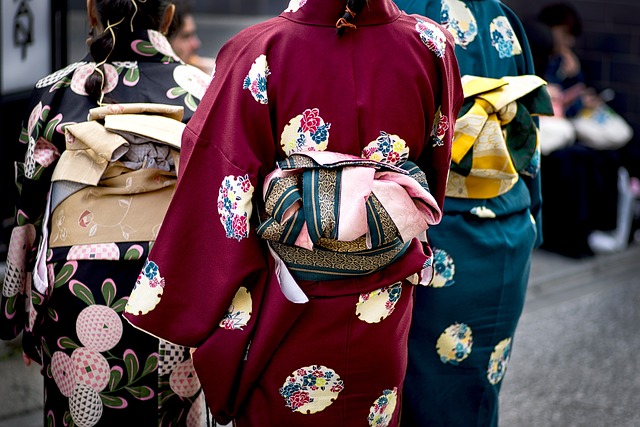Title: Sartorial Storytelling: The Art of Narrative Clothing
Introduction: In a world where fashion speaks volumes, a new trend is emerging that takes personal style to unprecedented depths. Narrative clothing, the art of crafting outfits that tell a story, is revolutionizing how we express ourselves through fashion. This innovative approach to dressing goes beyond mere aesthetics, weaving personal histories, cultural narratives, and social commentary into the very fabric of our garments.

This trend emerged as a response to the fast fashion industry’s homogenization of style. As consumers seek more meaningful connections with their wardrobes, designers and fashion enthusiasts alike are turning to narrative-driven pieces that offer depth beyond surface-level aesthetics.
Crafting Your Personal Sartorial Saga
At its core, narrative clothing is about intentionality in dressing. It involves selecting pieces that represent specific memories, beliefs, or experiences. This could manifest in various ways, from wearing a jacket patch-worked with fabrics from significant life events to donning a dress printed with a family recipe.
The key lies in the curation process. Each item in a narrative-driven wardrobe should have a story, whether it’s the tale of its acquisition, the message it conveys, or the emotions it evokes. This approach transforms getting dressed from a mundane task into a daily exercise in self-expression and storytelling.
The Psychology Behind Narrative Dressing
Research in fashion psychology suggests that narrative clothing can have profound effects on both the wearer and observers. When we don garments imbued with personal meaning, we experience increased confidence and a stronger sense of self. This phenomenon, known as enclothed cognition, demonstrates the power of clothing to influence our mental states and behaviors.
For observers, narrative clothing serves as a conversation starter, allowing for deeper connections and understanding between individuals. It breaks down barriers and invites curiosity, fostering a more engaging and empathetic social environment.
Designers at the Forefront of Narrative Fashion
Several avant-garde designers are pioneering the narrative clothing movement. For instance, London-based designer Osman Yousefzada creates pieces that reflect his British-Afghan heritage, weaving cultural stories into his collections. Similarly, Rei Kawakubo of Comme des Garçons consistently pushes boundaries with garments that challenge societal norms and invite interpretation.
These designers are not just creating clothes; they’re crafting wearable art pieces that spark dialogue and reflection. Their work demonstrates how fashion can be a powerful tool for storytelling, cultural preservation, and social commentary.
The Future of Fashion Narratives
As we move forward, the line between technology and fashion is blurring, opening up new possibilities for narrative clothing. Imagine garments with embedded QR codes that, when scanned, reveal the story behind the piece. Or consider smart fabrics that change patterns to reflect the wearer’s mood or experiences throughout the day.
The future of narrative clothing lies in its ability to adapt and evolve with our increasingly digital lives while maintaining a tangible connection to our personal stories and collective histories.
Embracing Your Clothing Narrative
-
Start with a signature piece: Choose one item with significant personal meaning as the foundation of your narrative wardrobe.
-
Mix high and low: Combine designer pieces with thrifted finds to create a unique story that reflects your journey.
-
Incorporate customization: Add personal touches to your clothing through embroidery, patches, or custom prints.
-
Document your clothing stories: Keep a journal or digital archive of the stories behind your favorite pieces.
-
Engage with ethical brands: Support designers who prioritize storytelling and transparency in their production processes.
As we navigate an increasingly complex world, narrative clothing offers a unique opportunity to wear our hearts on our sleeves—quite literally. By embracing this trend, we not only elevate our personal style but also create a more connected, empathetic fashion landscape. The clothes we wear have always told a story; now, it’s time to make that story intentional, powerful, and uniquely our own.





